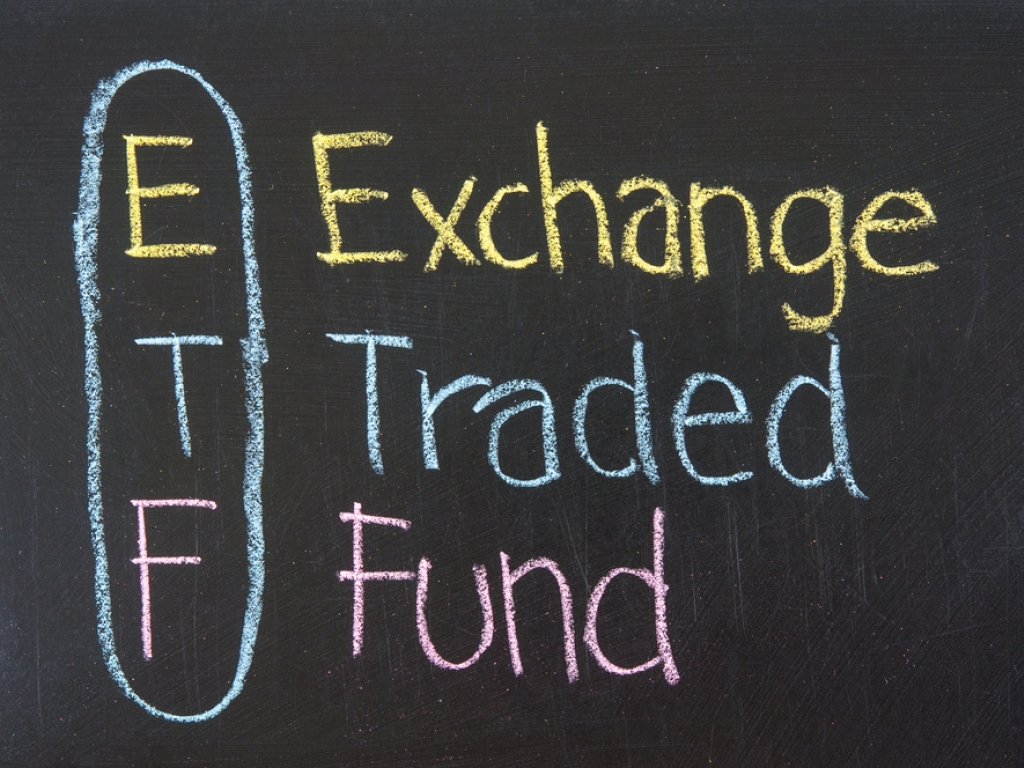Many of you are familiar with the key ETF best trading practices: Avoid trading in the first and last 14 minutes of the day, don’t use market orders and know how to use your trading desk and capital markets resources. What is less commonly known, but is extremely important, is the practice of a switch trade. A switch trade is when an investor is moving out of one position and into another simultaneously, essentially rebalancing. So why does this matter when we are discussing ETFs? If there is overlap in the underlying securities, there can be substantial savings in terms of trading costs.

When trading, clients often isolate their trades for fear of information leakage. They do not want their brokers to know that they are changing or altering strategies. In reality, in terms of trading and best execution, not sharing the larger picture can actually be costly to investors. A market maker who knows only one security that you are trading cannot look for execution efficiencies and will treat that trade in isolation. A market maker who knows that you are looking to sell a security to purchase an ETF can look for commonalities to reduce the expense of trading. Whatever securities you are looking to buy or sell, there may be overlaps that you may not even know about, so it is imperative to share your overall approach.
While we cannot give an exact example of cost savings since each trade scenario will vary due to the securities, time of day and economic conditions, it is fairly safe to say that if the underlying securities are correlated, even a small percentage, there most likely will be execution improvement. Let’s look at a hypothetical example of a client who would like to sell out of $100 million notional of a simple S&P 500-based ETF, to swap into $100 million notional of the WisdomTree U.S. Earnings 500 Fund, EPS.
When comparing EPS to a basic S&P 500 fund, there is roughly 75% overlap1 in the underlying securities. If a client were to execute those orders individually, the broker would sell the S&P-based ETF and purchase EPS at two different times, or they would be sent to two different brokers entirely. The client would have to pay trading costs for each individual trade. There is no opportunity for price improvement, and while the client believes information leakage is being minimized, there are implicit costs. If the client decided to give the broker the trades to execute simultaneously as a pair, the broker could reduce spread costs and minimize market impact. According to indicative markets from a leading broker, the client would potentially save 8 basis points by executing the order as a pair. This is extremely efficient and impressive, especially for U.S. equities.














Leave A Comment